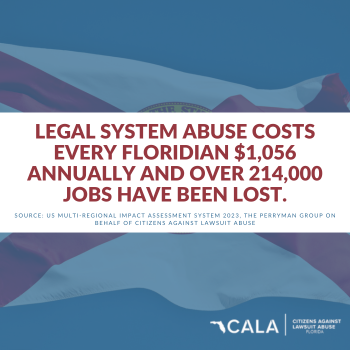March was a bad month for the Dodd-Frank Act. We now know that Dodd-Frank, passed in the wake of the 2007–2008 banking crisis, doesn’t prevent bank runs. Neither do post–2008 arrangements tell depositors whether large deposits are safe or should be withdrawn with a swipe on a smartphone. This time, uninsured deposits were bailed out. But in testimony to the Senate Finance Committee, Treasury Secretary Janet Yellen couldn’t say what would happen to uninsured deposits at other regional banks, telling Oklahoma Senator James Langford that whether they were bailed out would depend on what federal regulators decided. Instead of clarity and predictability, we have subjectivity and confusion. In short, Dodd-Frank and the post-2008 framework failed.
This would come as no surprise to Lord Mervyn King, who, as governor of the Bank of England, piloted that institution through the financial crisis. In a lecture at NYU Stern in 2016, King was critical of his American colleagues’ approach of throwing vast amounts of liquidity at the financial system but then not taking steps to address the root causes of bank runs. Instead, the approach still relies on an outdated nineteenth-century doctrine of central banks acting as lender of last resort (LOLR), which assumes that banks have a plentiful supply of high-quality collateral against which central banks can safely provide liquidity. As King saw first-hand, in the heat of a banking crisis, it’s impossible to estimate the value of bank collateral or to tell whether a bank is solvent.
The crux of the problem is the two-sided nature of bank deposits: to depositors, they’re a means of storing and transferring money, i.e., using banking services. To banks, deposits are a source of capital to enable them to advance loans and make investments. This involves a mismatch between deposits that can be withdrawn at any time and loans that are of longer duration (“maturity transformation”). The benefit is that banks can finance business investment and home purchases. The downside of the maturity mismatch is banks’ vulnerability to bank runs. This is exacerbated by moral hazard. Banks can earn higher returns on risky and less liquid assets than on low-risk, liquid ones – the opposite of what is critical during a financial panic.
Rather than wait until the next banking crisis and then define the terms on which central banks provide liquidity, King argues that LOLR terms should be predefined. “Just as motorists are compelled to take out third-party car insurance to protect other road-users, so banks should be made to take out a certain amount of liquidity insurance in normal times so that they can access central bank provision of their liquidity needs in times of crisis,” he says. Banks would be required to take out liquidity insurance such that their liquid assets exceed deposits and other short-term liabilities. In return for guaranteed provision of central bank liquidity, banks would have to pre-assign enough collateral with the Federal Reserve to cover their liquidity requirements.
The value of the collateral would be reduced by a haircut reflecting the riskiness of the loans and other investments. In return, the Fed would provide a contingent credit line against the value of collateral for a fixed term lasting several years. Banks with more conservative loan portfolios would see less severe haircuts on their collateral than banks with more risky portfolios, which would mean they would have to finance themselves with higher proportions of equity and other forms of long-term, committed capital. The haircut thus represents the premium for liquidity cover.
King calls his proposal Pawnbroker for All Seasons (PFAS). Supplemented with a simple leverage-ratio requirement, PFAS would replace almost all existing prudential and liquidity regulation, a reform that would see a highly complex system of bank regulation that doesn’t work replaced with a straightforward, elegant solution – one that addresses the time inconsistency of bank deposits and the bank assets they finance by pre-defining the terms on which banks can pay depositors at any time, thanks to their guaranteed access to central bank liquidity.
After the demise of Silicon Valley Bank and Signature Bank, Treasury Secretary Yellen declared the banking system to be in good health. Such remarks cannot obscure the reality that the threat of recurrent bank runs remains an ever-present feature of current arrangements. King’s PFAS proposal suggests that it doesn’t have to be this way.
Rupert Darwall is a senior fellow of the RealClear Foundation and author of Climate-Risk Disclosure: A Flimsy Pretext for a Green Power Grab. This article was originally published by RealClearPolicy and made available via RealClearWire.









